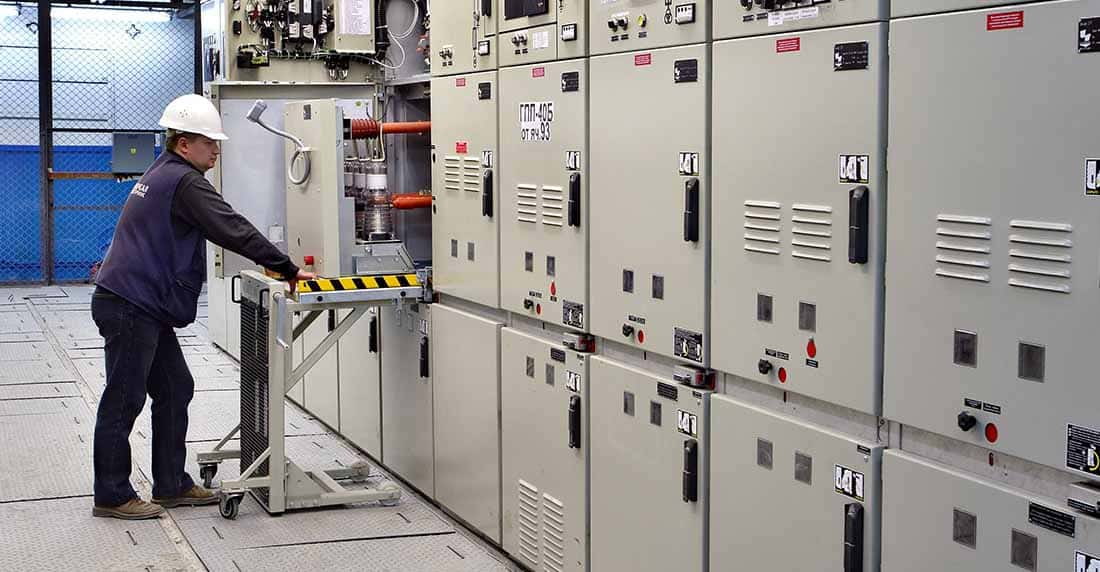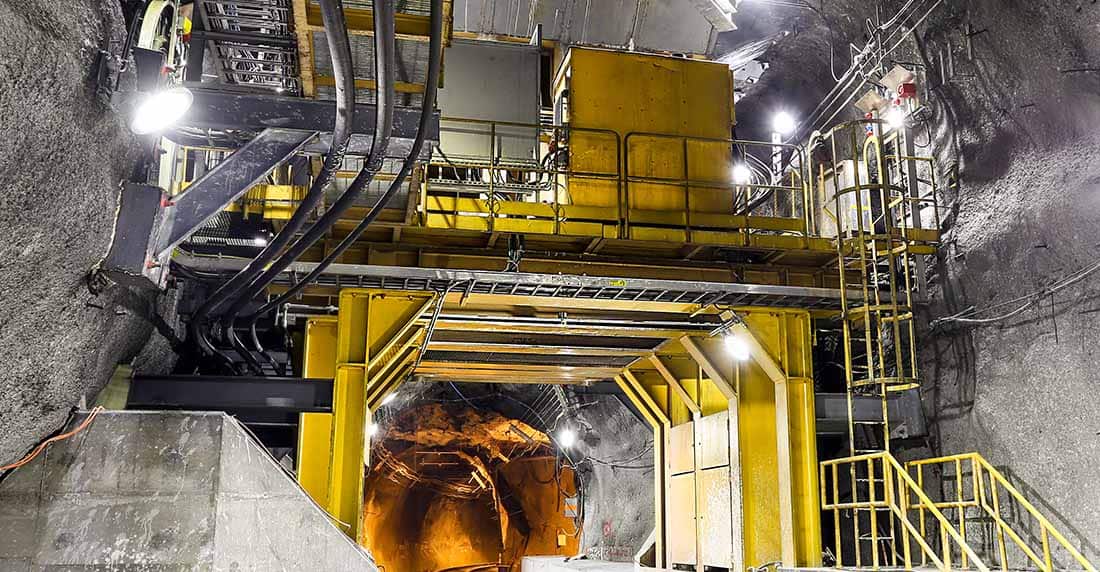Electrical Safety in Mining

Electrical Safety For Mining Operations
Electrical hazards are a leading cause of accidents and fatalities on mining sites. Electricity used in mines provides lighting, detonates explosions and runs power equipment. This electrical equipment puts mines at higher risk of damage, injury and fatalities. The combination of the mined materials, dust and gases can turn a minor electrical accident into an explosion or fire.
So how do you protect your mine workers and assets?
At Port Moresby Electrical (PME), we specialise in hazardous electrical inspections and installations. This article explains the risks of electricity in mines and offers tips to keep your people safe on the job.
What Are The Hazards?
The operating conditions of a mine site present unique challenges for electrical safety. Moisture, heat, radiation, corrosive chemicals and dust can cause premature expiry and damage to electrical equipment.
Many electrical injuries and deaths in mines involve machines, tools and appliances touching wiring, transformers or other electrical components. Miscalculations or malfunctions around environmental hazards and mining by-products can also cause explosions.
Other electrical hazards include:
- Vehicles or equipment catching overhead power lines
- Using live electrical tools in damp or wet locations
- Water entering electrical components, hand tools and control switches
- Lack of correct over-current protection
- Unisolated electrical supply during maintenance and alterations
- Digging into buried cables
- Live cables brought down by storms or structural damage
- Earthing system faults
- Working on energised equipment
- Overloaded electrical equipment and circuits.

How Are Injuries Caused?
Mine sites can put workers at risk of electric shock, electrocution, arc flash injuries or burns from flammable gas and dust. In some cases, these injuries can be fatal or cause life-long debilitation.
|
Electrocution Electrocution is when a person is exposed to a large volume of high-voltage electricity. Many electrocution injuries include organ damage, cardiac arrest, brain damage and memory loss. There is also a potential for long-term trauma, such as delayed spinal cord injuries or psychiatric issues. |
|
|
Arc Flashes Arc flashes are among the most common causes of injury and harm on a mine site. An arc flash is a dangerous release of thermal energy capable of throwing a person across a room. The blast releases molten metals, hot metallic oxides and toxic burning smoke. |
|
|
Electrical burns Electrical burns are caused by direct contact with the electrical current flow, an arc of current from an object or flame injury. They can result in deep, extensive damage to the skin, tissue and major organs. |
How Can I Increase Electrical Safety?
Despite the risks in using electricity on a mine site, injuries are preventable.
Good safety protocols are essential to protect people and property from accidents. Safe electrical work practises should be included from project beginning to decommissioning of the site. And to ensure workers action, it’s essential to build a strong safety culture in your organisation.
Tips for Using Electrical Equipment in Mines
- Ensure only licensed electricians install, maintain and repair electrical equipment.
- Secure electrical equipment to ensure only authorised and trained persons can gain access.
- Isolate, tag and test equipment before commencing work.
- Mark any faulty equipment with warning labels and lock away out of service.
- Only use compatible equipment and connectors, marking or removing unrelated plugs and sockets.
- Where possible, use low-voltage handheld equipment (at or below 50 V AC or 120 V DC).
- Avoid the use of leads and tools in damp and wet conditions, unless designed for those conditions.
- Never work on live circuits unless protected from all hazards.
- Always use residual current device protection with handheld tools and extension leads.
- Use reels and hangers to secure flexible cables and prevent damage.
- Protect equipment with cable coverings, protective devices and conducting screens.
- Replace equipment at regular intervals to ensure they remain in good working order.
- Insulate and shroud live electrical components to prevent accidental contact.
Tips for Building a Strong Safety Culture
- Introduce standardised management systems
- Communicate the safety priority with all contractors, suppliers and workers in the company.
- Perform a hazard analysis.
- Ensure miners know the site-specific risks and how they are being managed.
- Train workers in the correct use of equipment and emergency procedures.
- Supply appropriate personal protective equipment (PPE.
- Run standard operating procedures when fault finding, switching and isolating.
- Report all dangerous incidents with electricity to take action against a recurrence.
The safety of your workers is vital for success. Reduce electrical-related accidents and injuries by making safety your focus, every single day.
At PME, we understand that a safe mine is a productive mine. We provide mining companies with hazardous electrical training, installations and inspections. Our expert team determine risk and create solutions, delivering higher safety and efficiency.
If you’d like support for your mining operations, get in touch with our friendly team.
*The advice provided in this blog is basic safety and health information. Ensure you’re familiar with your site procedures. Discuss any concerns with your supervisor and health and safety representative.

